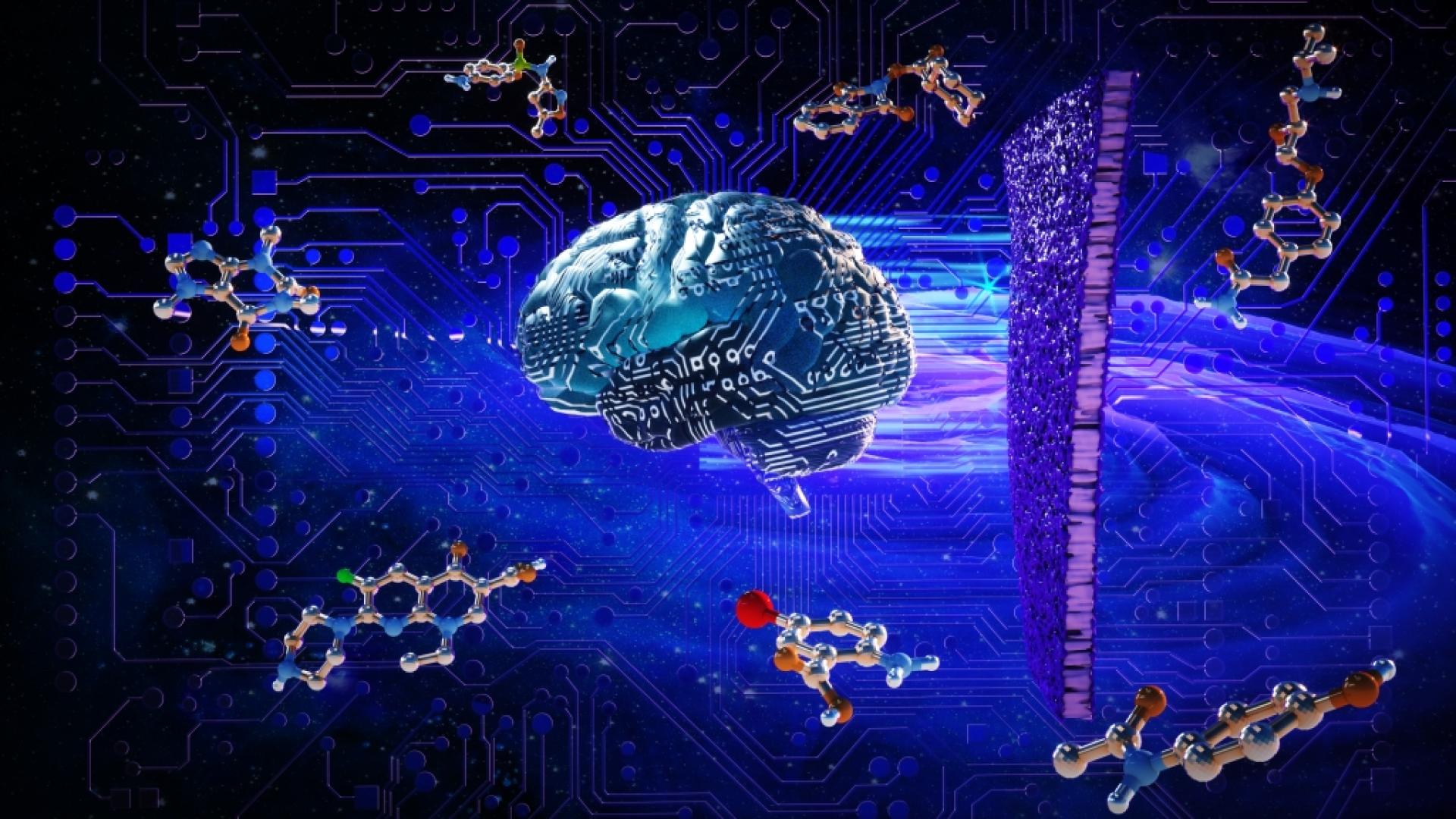Methods for determining solute rejection in organic solvent nanofiltration (OSN) are time-consuming and expensive and still rely on wet-lab measurements, resulting in the slow development of membrane processes. OSN, similar to other membrane technologies, requires precise and comprehensive predictive models that can function on various solutes, membranes, and solvents. We present two prediction methods based on the quantitative structure–activity relationship (QSAR) using traditional machine learning (ML) and deep learning (DL) models. The partial least-squares regression model combined with the variable importance in projection and genetic algorithm achieves a slightly lower root-mean-square error score (8.04) than the DL-based graph neural network (10.40). For the first time, we visualize the effect of different solute functional groups on rejection, providing a new platform for a more in-depth investigation into the membrane–solute interactions, potentially enabling the design of membranes with improved selectivity.
Investigator:
